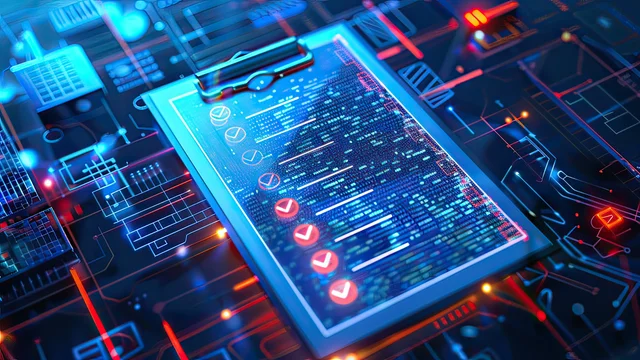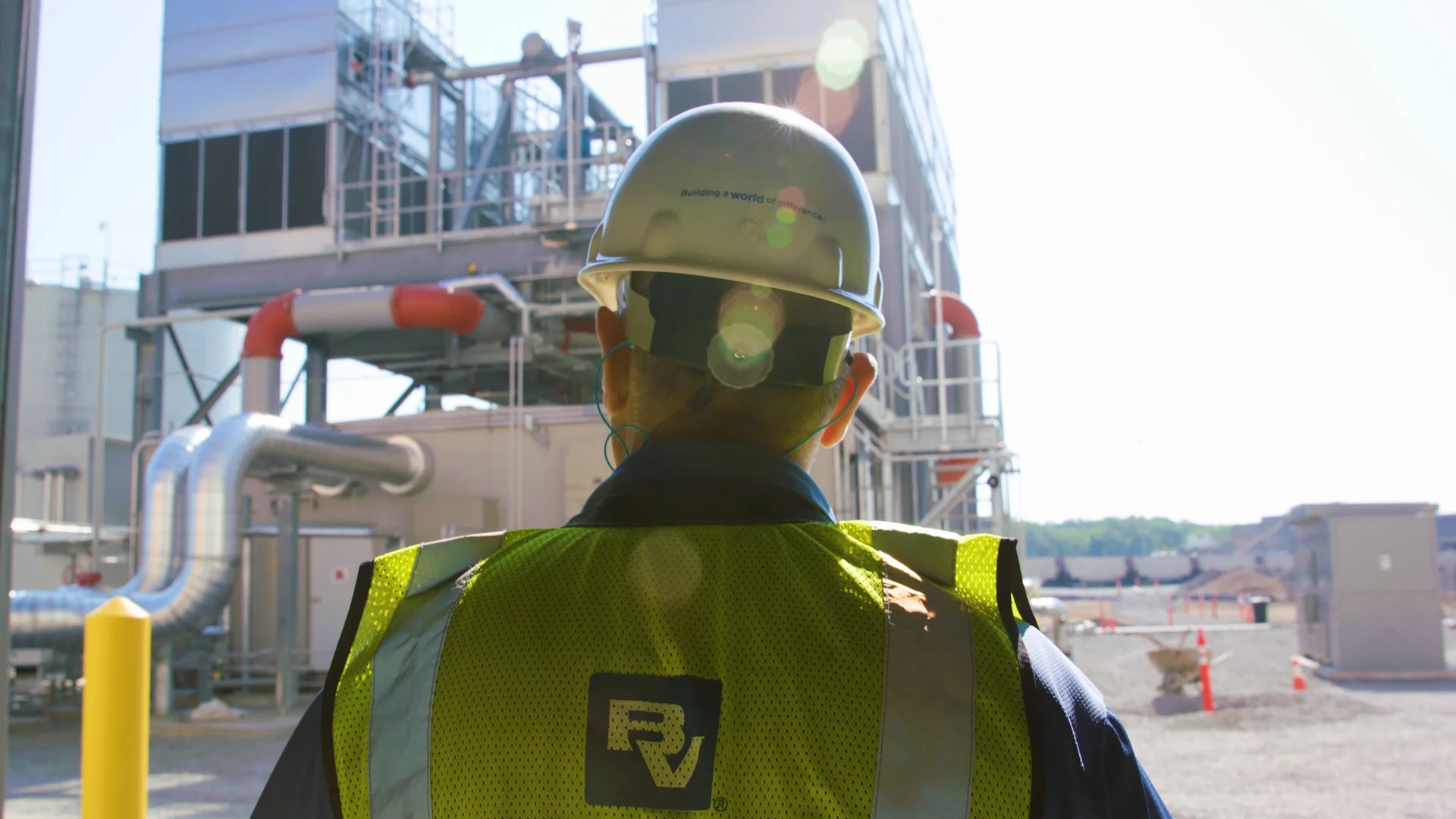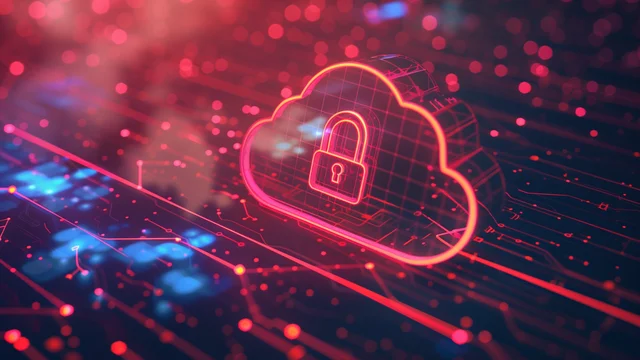
The Human Factor: A Key Component of a Company’s Cybersecurity Posture

In the digital age, advanced technologies are essential for securing critical infrastructure—but the human element remains just as crucial. The majority of cybersecurity breaches stem from human error, underscoring the need for continuous training, strong leadership and a culture of vigilance. For critical infrastructure organizations where the stakes are high, fostering cybersecurity awareness among employees is essential not only to run safe operations but to minimize incidents that could have an impact in the environment and the community.
Human Element: The First Line of Defense
The human element is at the core of effective cybersecurity. Technology alone cannot protect systems if employees aren’t equipped to use it properly or are unaware of the risks. Humans often serve as the first line of defense, and their awareness can prevent breaches before they happen. Cybersecurity experts emphasize that training programs should focus on building this awareness, helping employees understand how cybersecurity directly impacts their work and the organization's resilience. By viewing cybersecurity as a shared responsibility, organizations can foster a proactive attitude among employees, reducing the likelihood of human error. This mindset aligns with the concept of cyber resilience as a journey, not a destination—one that requires continuous engagement with the human element.
Training for Cyber Resilience: Building Awareness and Skills
Effective cybersecurity training goes beyond technical instructions; it requires a structured, ongoing approach to cultivate awareness. Successful training programs should begin with a thorough assessment of the organization’s cybersecurity culture and involve key stakeholders. An initial baseline survey can help measure the current level of awareness. Cybersecurity experts recommend incorporating real-world examples of breaches and their consequences to make the training relevant, while creating modules based on the roles and responsibilities the different groups have to keep the training information relatable. One way to maximize engagement is by linking cybersecurity threats to business objectives, showing employees how even small mistakes can impact financial health and reputation. Employees should understand that cybersecurity failures have tangible repercussions—such as financial losses, reputational damage and even impacts on stock prices—that can affect also them personally, such as in their pensions and bonus incentives.
Cultivating a Cybersecurity Culture: A Leadership’s Role
Leadership is critical in setting the tone for cybersecurity within an organization. Executive sponsorship is crucial, as leaders who actively champion cybersecurity send a strong message about its importance. Leaders should be engaged in awareness programs, transparently communicate about potential or actual breaches and take responsibility for the organization’s cybersecurity posture. By fostering a culture where cybersecurity is prioritized and openly discussed, leadership helps employees feel empowered and engaged in protecting the organization. Cyber resilience requires leaders who "begin with the end in mind," anchoring security strategies in the broader business objectives. In critical infrastructure sectors, where regulatory compliance and safety are non-negotiable, leaders must provide the resources necessary to maintain security standards and reinforce cybersecurity as a core value.
Balancing Security with Productivity: The Challenge of Patch Management
While cybersecurity is essential, organizations must also balance these requirements with employee productivity. Compliance regulations in critical infrastructure sectors, such as NERC CIP, AWIA or NIS2 Directive, often mandate rigorous security practices like regular patch management. However, patching in an operational technology (OT) environment presents unique challenges. Unlike IT systems, it can be difficult to update and reboot OT devices without disrupting ongoing operations. To address this, organizations should develop a systematic patch management process where patches are cataloged, logged and implemented within specific maintenance windows. Documenting these steps is crucial for compliance audits and ensures that cybersecurity measures don’t unduly disrupt productivity. Achieving this balance is part of the continuous improvement that defines a cyber resilience journey, requiring both planning and adaptability.
Mitigating Human-Related Vulnerabilities: Phishing and Beyond
Phishing remains one of the most common and dangerous human-related vulnerabilities in cybersecurity, responsible for a significant portion of breaches. Therefore, training employees to recognize phishing attempts is crucial. Frequent phishing attack simulations and clear reporting processes can reinforce this awareness, equipping employees with a healthy suspicion of the “real thing”. Beyond phishing, it’s essential to establish transparent relationships with suppliers and vendors. Organizations should maintain open dialogues with their third-party partners to ensure they also adhere to strong cybersecurity practices. By embedding cybersecurity requirements in supplier contracts and conducting regular reviews, organizations can extend their resilience and safety beyond internal operations, protecting the entire ecosystem. This transparency not only helps mitigate risks associated with supply chain vulnerabilities but also ensures that cybersecurity protocols extend beyond the organization itself.
Creating a culture of cybersecurity resilience requires an investment in people, not just technology. Industrial cybersecurity experts highlight that fostering awareness, empowering employees, and encouraging open communication about risks are essential steps for building a secure organization. By making cybersecurity a shared responsibility, critical infrastructure organizations can enhance their defenses and reduce vulnerabilities stemming from human error. Black & Veatch’s Cyber Asset Lifecycle Management (CALM) services bring extensive experience in fostering impactful cybersecurity cultures—guiding organizations through training programs, risk management and compliance requirements to implement robust industrial cybersecurity programs. By viewing cyber resilience as a continuous journey, not a single destination, organizations can transform the human factor from a potential vulnerability into a cornerstone of long-term operational safety. Learn more about Black & Veatch’s industrial cybersecurity solutions here.
Contact Us
Looking for a partner in innovation?
Let's Talk


